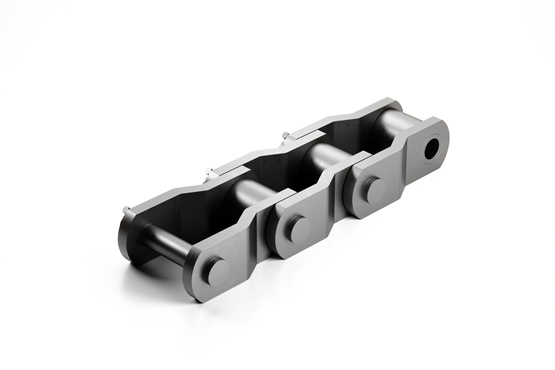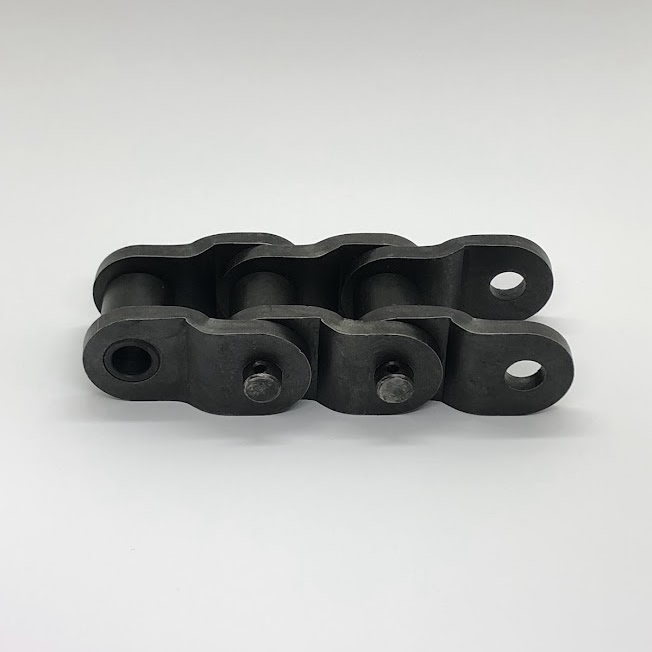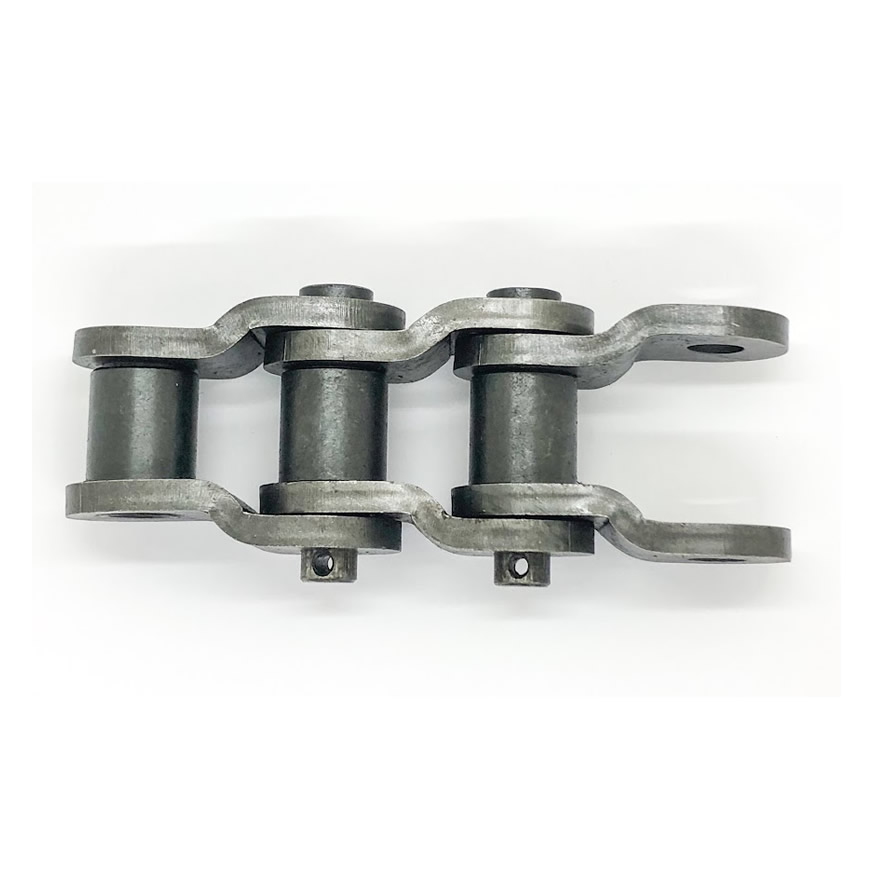
What is Rotary API Chain?
Rotary API chains are a type of drive chain that was originally created for use in industrial applications. Mining construction industries require the equipments and their components to be water resistant as well as durable against heavy loads, which rotary Api chains are initially designed for.
Unlike a normal chain with inner and outer links, the wear pattern on each hinged part is the same. Since all links are manufactured in the same shape and alignment, lengthening and shortening operations can be done easily. Here you can find answers to questions such as “What is a rotary API chains?” or “What are the advantages of using them?”
How do Rotary API Chains work?

Rotary chains are often applied in drum drives. In most cases, the teeth are placed on the drum and drive the rotary chain from the side.
The drive mechanism of a rotary chain is simple. It has no gears or other high-speed driving mechanisms that can make noise or cause wear and tear on your drive system.
The main purpose of rotary API chains is to enable the operator to use less power to create torque. When compared to a gear drive, rotary API chains offer a great deal of advantage as they need less power. Using smaller motors with fewer gears can be possible with these types of chains, which will enable you to reduce weight and with that, increase efficiency. It also means that your motor will last longer because it’s not being stressed as hard by gear drives that require more force to turn it around.
The rotational speed is constant regardless of load or speed setting (as opposed to a gear drive which varies according to load). This means there is less chance for backlash errors when changing speeds or loading conditions (ie: slowing down while operating at high speed).
Where is Rotary API Chain Used?
Rotary chains, also called offside bar chains, are used in many industries where high power transmission is needed. Here are the sectors that Rotary API Chains are used:
- Asphalt Industry
- Cement Industry
- Chemical Industry
- Sugar Industry
- Wood Industry
What are the Advantages of Rotary API Chain?
A rotary chain can handle higher loads compared to a gear drive, letting you utilize less power from your motor to produce torque, which means that you can employ smaller motors with fewer gears that leads to reduced weight and enhanced efficiency. It also implies that your motor will have a longer lifespan, because it’s not related to the intense stress associated with gear drives that require more force to operate.
In Which Fields is Rotary API Chain Used?
Rotary API chains are generally used in many industrial and mechanical fields due to their efficiency, durability, and ability to handle heavy loads. Here are some of the rotary API chain application areas:
- Mining and Quarrying: Rotary chains are used for their high tensile strength and reliability in harsh conditions, such as in drilling machines, conveyors, or heavy-duty lifting operations.
- Agriculture: Rotary chains are used in various agricultural machines like tractors and harvesters too, where reliable and durable chain operation is essential.
- Construction Machinery: Rotary chains are used in construction for lifting, moving, or positioning heavy equipment, as well as in power transmission applications.
- Manufacturing and Automation: Rotary chains are used in automation systems such as conveyor systems, and machinery requiring high-power transmission.
- Power Generation: Rotary chains are used in handling or maintenance equipment, as well as in machinery operations in power plants.
What Factors Should Be Considered When Choosing Rotary API Chain?
When choosing a rotary API chain, many key factors should be considered to meet optimal performance, longevity, and safety. Here are these factors:
- Application Type: The application type and machinery the chain will be used with can determine what type of chain is required, as different types might be required for drilling or conveyance.
- Environmental Conditions: When choosing a rotary chain, consider the environment where the chain will operate. These environmental conditions can include temperature, corrosive substances, or potential abrasion.
- Material Quality: The chain material affects the strength, durability, and corrosion resistance. High quality or heat-treated alloy steels are generally utilized for their strength and durability in harsh environments.
- Load Capacity: The maximum load of the chain that will need to support must be determined. It can handle the high load with an adequate safety margin.
- Chain Size and Pitch: The size and pitch of the chain should be suitable for the specific application. For example, larger chains mostly have a higher load capacity, but also need more space.
Considering these factors will help in selecting a suitable rotary API chain that not only meets the technical application requirements but also has reliability and longevity. You can order rotary chains from Makelsan, and see industrial chains for more detailed information!
Rotary API Chains FAQ
Rotary chain conveyors are used to transporting unit loads and bulk goods. Rotary chain conveyors feature cranked links for greater elasticity and improved cushioning of violent impacts. Most conveyor chains used in industry are not standard versions.
Yes, roller chains are available in different sizes and configurations depending on the industry of usage.
When replacing a broken or worn-out roller chain, you must first determine what kind of machine it is used on: industrial machinery or construction equipment. The reason why this matters is that each industry has its own standards for sizing rollers. For example, an industrial machine may use metric measurements while construction equipment uses standard units of measurement like inches or feet. This information will help you find the right size for your machine so that your new roller chains fit correctly when installed correctly onto your existing sprockets.
At times, it may be challenging not to make a mistake buying a replacement rotary API chain if you don’t know the size standard name it goes by in the ANSI or ISO standards or the exact roller chain dimensions, such as overall width, roller width and diameter, and plate height and thickness.
The plate height is the distance between the center of each pinhole to the center of its corresponding link pinhole. The plate thickness is the distance between two adjacent plates. In most cases, roller chains are made up of two plates (with some exceptions) with one being stationary while the other moves over it to transmit power from one shaft to another.




